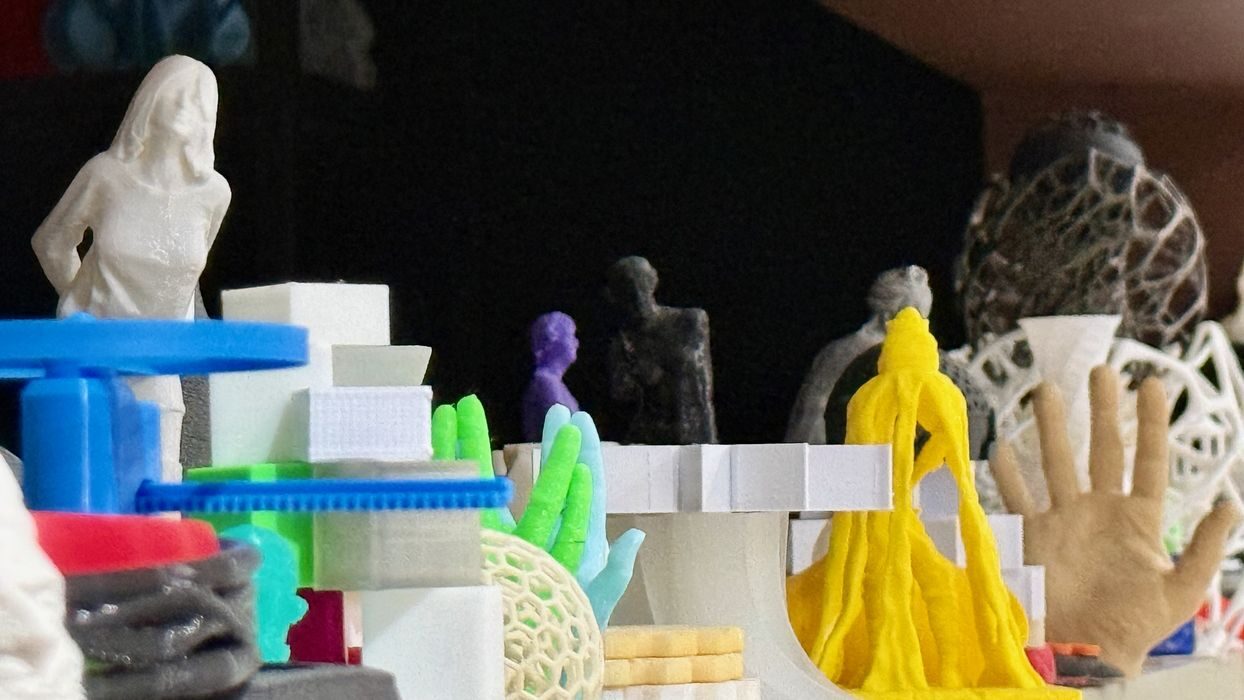Get free Maya and UE5 rigging tools mGear 5.0 and ueGear 1.0 | CG Channel
The mGear development team has released mGear 5.0, the latest version of the open-source character rigging framework for Maya, and ueGear 1.0, its new bridge to Unreal Engine.
ueGear provides an easy way to translate character rigs created in Maya using mGear to Unreal Engine 5, automatically regenerating them inside the game engine.
First released in 2015, mGear was originally based on Gear, Blur Studio technical animation supervisor Jeremie Passerin’s Softimage rigging framework, although it isn’t an exact copy.
It provides artists with a library of customisable rig components for different body parts, and is intended to generate “an infinite variety of rig combinations … without programming knowledge”.
As well as Shifter, the rigging framework, mGear includes a customizable Anim Picker interface, a RBF Manager, and shot-sculpting tool Crank
The toolset has been used by a range of VFX, animation and game development studios: the user reel includes projects by El Ranchito, Mac Guff, Unseen, and Pendulo Studios.
mGear is free and open-source, but lead developer Miquel Campos’s company, mcsGear, provides commercial support and rigging services, which fund development.
The main new feature in the mGear 5.0 release is a separate tool, ueGear, a new “bridge connecting Maya and Unreal Engine pipelines”.
First released in beta last year, ueGear enables artists to build animation rigs in Maya using mGear, then have ueGear regenerate them inside Unreal Engine, using the native Control Rig.
The tool is designed for both games and offline animation workflows, and makes it possible to transfer animations, cameras, and sequences.
However, the relationship between the Maya and Unreal rigs is not yet perfectly one-to-one, and the workflow does not yet support the Modular Control Rig introduced in Unreal Engine 5.4.
In mGear itself, the main changes are under the hood, removing the core framework’s dependency on PyMEL.
An open-source library, PyMEL provides a bridge between Python scripting and Maya’s native MEL scripting language, and was widely used by rigging and animation tools.
However, it is not developed or maintained by Autodesk itself, and is not longer installed by default with Maya, which creates installation and support issues for studios.
mGear 5.0 replaces PyMEL with its the team’s own custom wrapper, PyMaya.
It isn’t a full replacement for PyMEL, and objects created with PyMaya are not compatible with PyMEL, but it simplifies dependency management, and should maintain compatibility across versions of Maya.
mGear is compatible with Maya 2025 and 2026, running on Windows, macOS and Linux. As of mGear 5.07, some functionality is only available in Windows when using Maya 2026.
ueGear 1.0 is compatible with Unreal Engine 5.3+.
The source code for both applications is available under an open-source MIT licence, and the compiled binaries are free downloads.
Read a list of new features in mGear in the online changelog
(Not updated for mGear 5.0 at the time of writing)
Watch video tutorials on the mGear YouTube channel
Have your say on this story by following CG Channel on Facebook, Instagram and X (formerly Twitter). As well as being able to comment on stories, followers of our social media accounts can see videos we don’t post on the site itself, including making-ofs for the latest VFX movies, animations, games cinematics and motion graphics projects.









